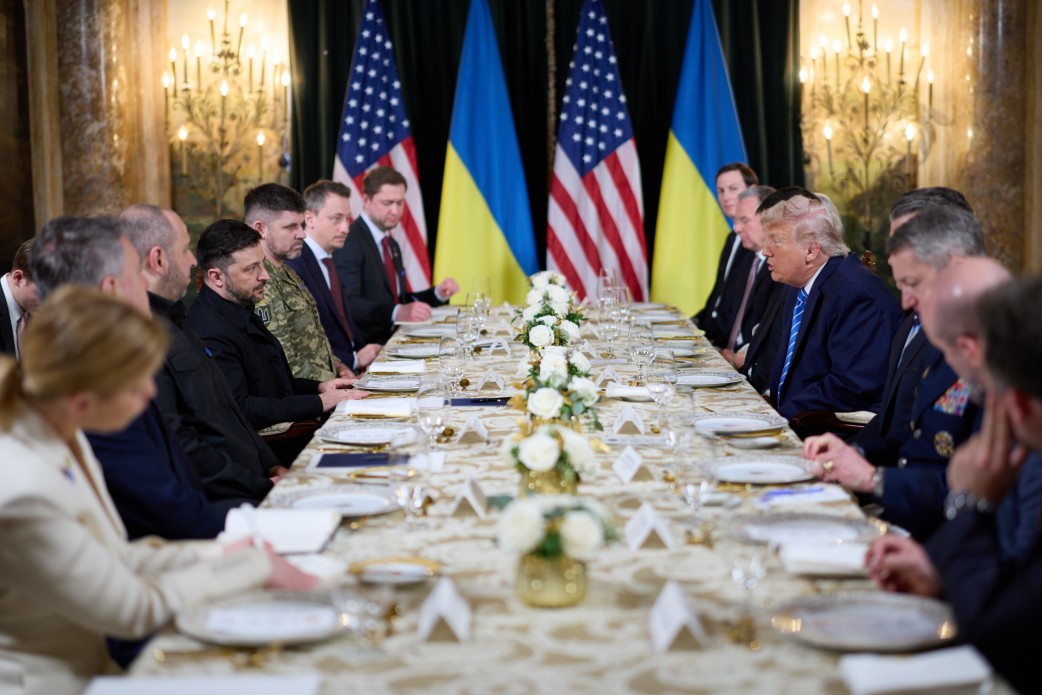Russian President Vladimir Putin launched the predictable next information operation to discourage Ukrainian resistance and disrupt Western support for Ukraine as Russian offensives culminate and Ukraine prepares to launch counter-offensives in an interview with a state-owned Russian news channel on March 25.
Putin claimed that the West cannot sustain weapons provisions to Ukraine and exaggerated Russia’s potential to mobilize its own defense industrial base (DIB) to create the false impression that further Ukrainian resistance and Western support to Ukraine is futile.
Putin claimed that Ukrainian forces expend up to 5,000 shells a day, while the United States produces an average of 14,000–15,000 shells a month. Putin alleged that planned Western defense production increases will not match Russian planned increases. Putin announced that Russia will build over 1,600 new tanks by the end of 2023 and that Russia will have more than three times the number of tanks as Ukraine at that time.
Putin likely seized the opportunity to advance this narrative based on The Financial Times’s March 19 report that European arms manufacturers are “hobbled†by an explosives shortage. Putin argued that continued Western weapons provisions to Ukraine are merely an attempt to prolong the war.
Putin compared the state of the Russian wartime DIB with current Western military industrial outputs, stating that the West would need to make significant sacrifices to civilian projects to increase military production to support war in Ukraine. Putin added that unlike the West, Russia does not need excessive militarization of the economy to expand its DIB capabilities. These claims are not supportable. The US GDP alone is 10 times the size of Russia’s. Germany, the UK, and France together have economies nearly five times the size of Russia’s.
The US and its allies certainly must make choices when considering spending the large sums required to support Ukraine, but the choices they face are nothing like as hard as those confronting Russia. The balance of overall available resources and industrial capacity is decisively weighted toward the West. Russian military industrial potential is, in fact, hopelessly outmatched by Western military industrial potential. Putin’s messaging is intended to persuade the West to commit less of that potential to supporting Ukraine by convincing the West, falsely, that it cannot match Russia. Russia must move to a full war footing to sustain its current military operations—something Putin has been very reluctant to do. The West does not need to shift to a wartime footing to continue to support Ukraine if it chooses to do so.
Putin’s stated goals for Russian tank production in 2023 and comparisons with Ukrainian tank stocks also disregard Russia’s limited industrial capacity to produce more advanced tanks rapidly and ignore Russian tank losses on the battlefield. Russia’s sole tank production factory, UralVagonZavod, reportedly produces 20 tanks a month.
It would take over six years to meet Putin’s goal at that rate. UralVagonZavod is unlikely to expand production of modern tanks such as the T-90 rapidly enough to meet these targets in nine months due to international sanctions and shortages of skilled labor.The Kremlin will thus likely continue to pull archaic tanks from storage and may attempt to refurbish some older tanks to meet the stated quota. A Kremlin pundit stated on a live broadcast on March 25 that Russia would pull old T-34 tanks from storage and monuments if needed for the war effort while attempting to justify Russia’s recent deployments of the T-54 and T-55 tanks to the frontlines. These tanks are not comparable to modern Abrams, Challenger, or Leopard tanks, or even to T-72s, in either armament or armor protection.
Even Putin’s announced (and unrealistic) production targets are actually close to the minimum level required to replace Russian battlefield losses. Russia has reportedly been losing 150 tanks per month and so would need to produce 1,350 tanks in the next nine months merely to remain at current levels.
Putin’s observations also ignore the fact that the West has been providing Ukraine with smaller numbers of technologically advanced systems in part to offset the requirement to send masses of ammunition and equipment. Western militaries have historically held lower stocks of conventional artillery rounds, for example, because they rely on precision long-range fires such as the HIMARS systems the US has provided Ukraine. The Ukrainian military and its Western backers can confidently expect that loss rates in tank duels between M1s, Leopards, and Challengers, on the one hand, and T-55s, T-62s, or even T-72s, on the other, will be far from one-to-one. The US military, after all, has repeatedly demonstrated the relative effectiveness of M1s and T-72s on the battlefields of Iraq.
Putin’s comments are an information operation designed to revive the aura of Soviet-era military industry and massed forces. They do not reflect current Russian realities or the balance of economic power or military industrial capacity between Russia and the collective West.



















